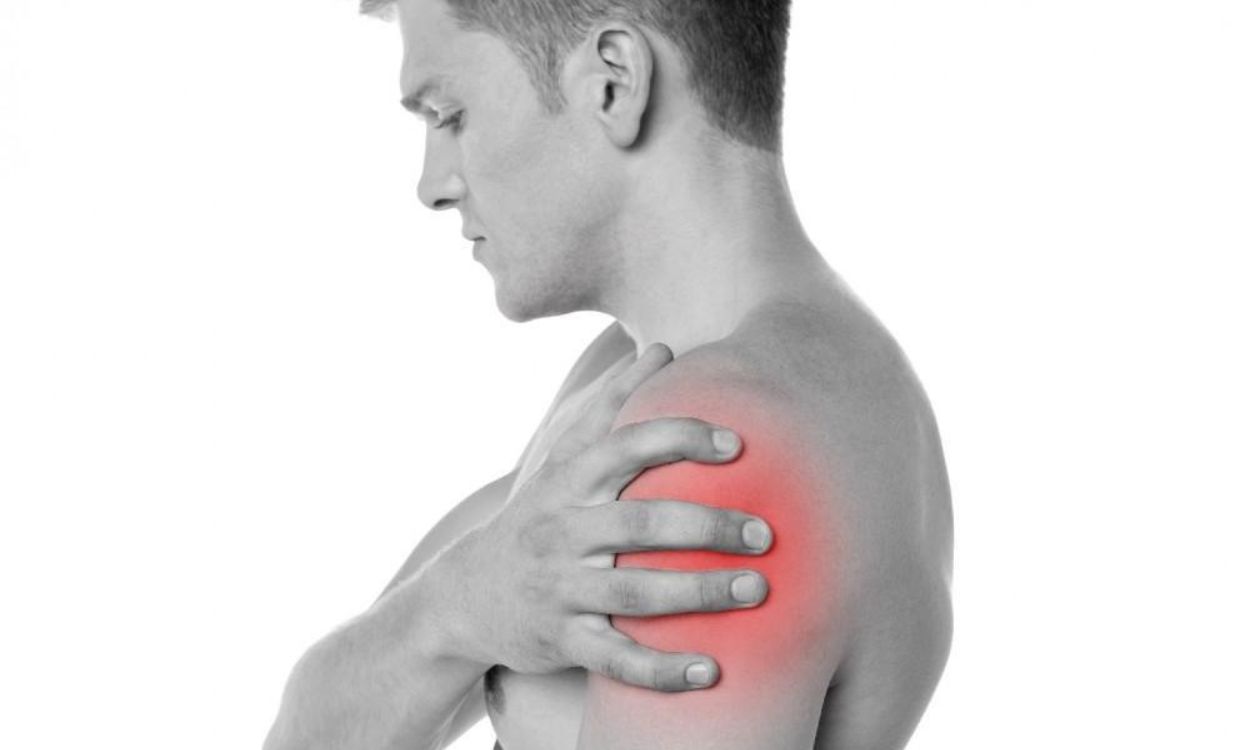Can Shoulder Pain Be a Result of a Labral Tear? Understanding, Diagnosing, and Managing Shoulder Pain
Introduction
Shoulder pain is a common complaint among individuals of all ages. Whether you’re an athlete, a fitness enthusiast, or someone who engages in routine daily activities, shoulder pain can significantly impact your quality of life. One potential, but often overlooked, cause of shoulder pain is a labral tear. In this comprehensive article, we will delve into the connection between shoulder pain and labral tears, exploring their causes, symptoms, diagnosis, and treatment options.
What is a Labral Tear?
The labrum is a ring of cartilage that surrounds the shoulder socket (glenoid). It helps to stabilize the shoulder joint by deepening the socket and providing a cushion for the head of the humerus (upper arm bone). A labral tear occurs when this cartilage is damaged, leading to pain and instability in the shoulder.
Causes of Labral Tears
Labral tears can result from a variety of factors, including:
1. Trauma: A sudden injury, such as a fall or a direct blow to the shoulder, can cause a labral tear. This is common in contact sports like football or rugby.
2. Repetitive Movements: Overuse of the shoulder joint through repetitive motions, such as those involved in throwing sports (cricket, javelin) or weightlifting, can wear down the labrum over time.
3. Aging: As we age, the labrum can become more brittle and prone to tears due to natural degeneration.
4. Dislocation: A shoulder dislocation can cause the labrum to tear as the humeral head moves out of the socket.
Symptoms of a Labral Tear**
The symptoms of a labral tear can vary depending on the severity and location of the tear. Common symptoms include:
– Pain: A deep, aching pain in the shoulder, often worsened by overhead activities or lifting.
– Instability: A sensation that the shoulder is slipping or feeling loose.
– Limited Range of Motion: Difficulty moving the shoulder fully, especially in certain directions.
– Clicking or Popping: Audible or palpable clicking, grinding, or popping sounds when moving the shoulder.
– Weakness: Reduced strength in the affected shoulder, making it difficult to perform daily tasks or athletic activities.
Diagnosing a Labral Tear
Accurate diagnosis of a labral tear typically involves a combination of physical examinations and imaging studies:
1. Physical Examination: A doctor will perform specific tests to assess shoulder stability, range of motion, and pinpoint the location of pain.
2. MRI (Magnetic Resonance Imaging): An MRI with contrast dye is often used to visualize the labrum and detect any tears.
3. CT Scan (Computed Tomography): In some cases, a CT scan may be used to get a detailed view of the shoulder joint.
4. Arthroscopy: In certain situations, a minimally invasive surgical procedure called arthroscopy may be performed to directly visualize the labrum and confirm the diagnosis.
Treatment Options for Labral Tears
The treatment for a labral tear depends on the severity of the tear and the individual’s activity level. Options include:
1. Conservative Treatment:
– Rest and Activity Modification: Avoiding activities that exacerbate the pain.
– Physical Therapy: Exercises to strengthen the shoulder muscles and improve stability.
– Medications: Nonsteroidal anti-inflammatory drugs (NSAIDs) to reduce pain and inflammation.
– Injections: Corticosteroid injections to alleviate pain temporarily.
2. Surgical Treatment:
– Arthroscopic Repair: Minimally invasive surgery to reattach or trim the torn labrum.
– Open Surgery: In severe cases, open surgery may be necessary to repair the labrum and stabilize the shoulder joint.
Rehabilitation and Recovery
Post-treatment rehabilitation is crucial for regaining full shoulder function. A structured rehabilitation program, including physical therapy, is essential for strengthening the shoulder muscles, restoring range of motion, and preventing future injuries.
When to Seek Medical Attention
If you experience persistent shoulder pain, instability, or any of the symptoms mentioned above, it is important to seek medical attention promptly. Early diagnosis and treatment can prevent further damage and improve outcomes.
The Role of Fitpaa in Managing Shoulder Pain
At Fitpaa, we understand the debilitating impact of shoulder pain and the importance of a holistic approach to health and fitness. Our AI-driven metabolism monitoring and management technology, combined with expert guidance from our team of fitness planners, nutritionists, and doctors, can help you achieve your health and fitness goals while managing shoulder pain effectively.
How Fitpaa Can Help
1. Personalized Fitpaa Capsule: Based on your metabolism assessment, our team will create a personalized plan that includes medical therapy, medical exercise therapy, medical nutrition therapy, and cognitive behavioral therapy.
2. Real-time Guidance: Our Fitpaa Digital Therapeutic solution provides real-time guidance and motivation to help you stay on track with your fitness plan.
3. Comprehensive Support: With the Fitpaa app, you get access to a virtual workout trainer, diet tracker, performance tracking, and regular reviews by our expert team.
Download the Fitpaa App
Experience the joy of achieving your health and fitness goals with guaranteed results. Download the Fitpaa app today and take the first step towards a healthier, pain-free life. Your well-being is our mission, and we promise to work with all our blood and sweat to help you succeed.
By understanding the connection between shoulder pain and labral tears and leveraging the comprehensive support provided by Fitpaa, you can take control of your health and live a fulfilling, active life. Don’t let shoulder pain hold you back – make the commitment to a healthier you with Fitpaa.











